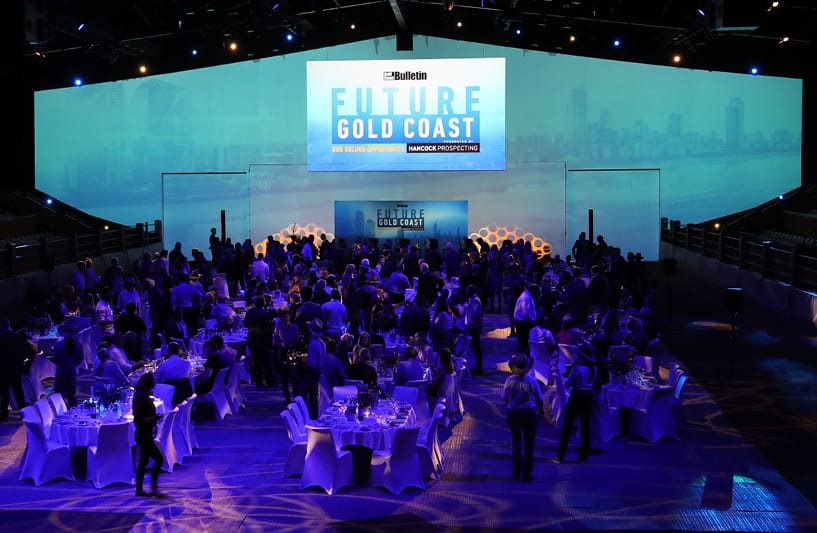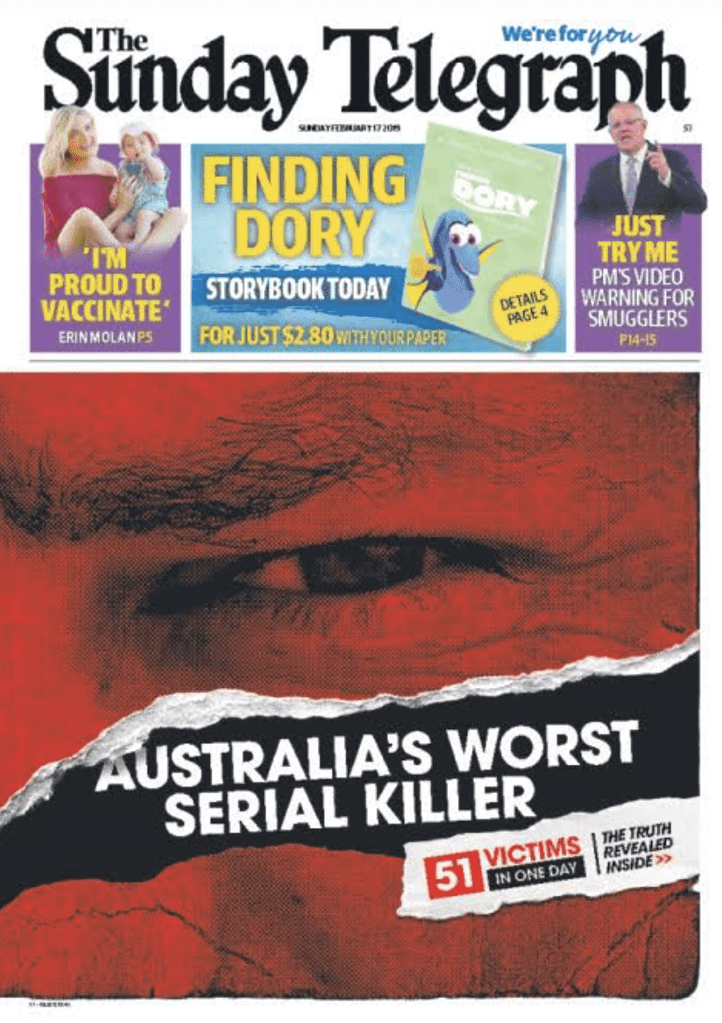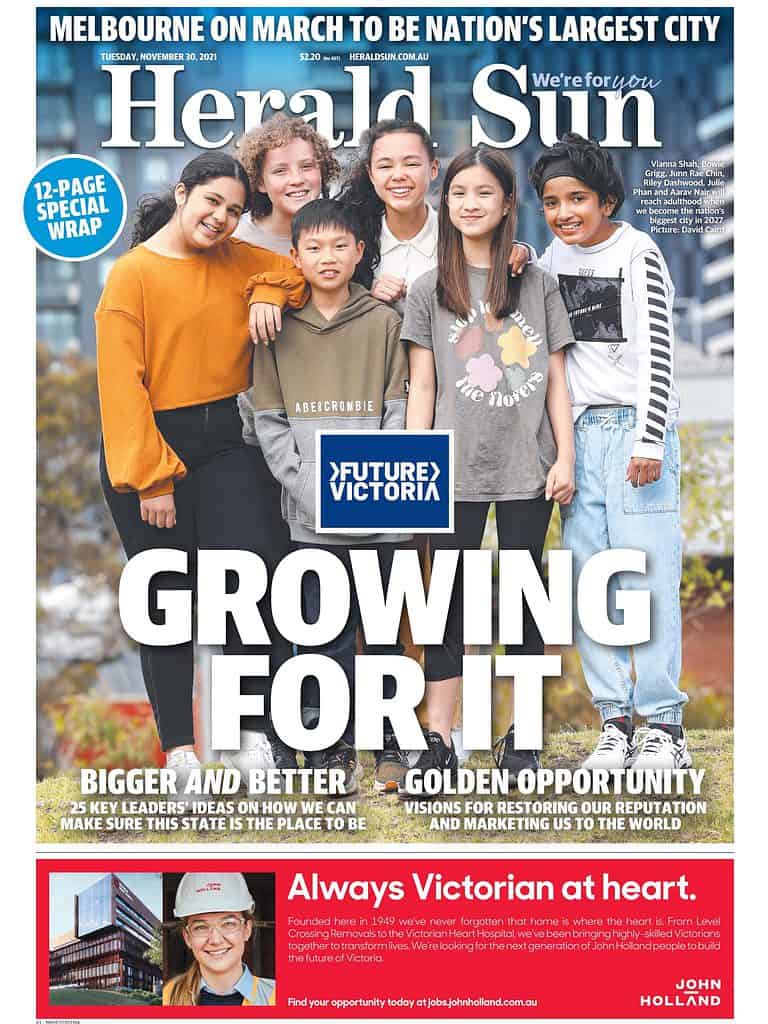For the past eight years, News Corp Australia has used its influence across its national mastheads to advocate for change in local Australian communities.
Established in 2014 with the first Bradfield Oration to honour the “father of modern Sydney,” News Corp created the Future Series – a multi-platform advocacy program.
One year later, the “Future” model started in Queensland when it highlighted the state’s economic challenges, particularly around infrastructure planning and has gone on to become an important pillar in News Corp’s annual calendar across all markets and locations.
Mediaweek spoke to chairman of News Corp’s publishing board, Jason Scott about what the program has achieved so far and what is in store for the future.
Scott described the advocacy program as a “turn-key solution for commercial advocacy campaigns, using the trust of 150-year-old mastheads to advocate on behalf of the communities.”
This past month, News Corp has held Future events on the Gold Coast, as well as in Brisbane and Sydney. While earlier in the year, events were held in Adelaide, Darwin, Geelong and Cairns.
“Some of our mastheads are 150 years old and, therefore, they have this incredible trust and influence. What we try to do is to use that trust and influence to advocate on behalf of our communities.
“Campaign journalism has always been in our DNA. And now we’ve built a model where we can scale our advocacy campaigns,” Scott said.

Future Gold Coast event. Image credit: Phoenix Creative Marketing
Past campaigns
Seven years ago, News Corp received a leaked report that showed population growth in southeast Queensland would grind to a halt because transport infrastructure was struggling to keep up.
“We would have the worst traffic jams in Australia, and the only thing that could unlock funding for transport infrastructure was the biggest event on the planet.
“So we started advocating on behalf of a bid for the 2032 Olympics. Not for 10 days of sport but to solve transport infrastructure for southeast Queensland. It’s no secret that it’s unlikely we would have been successful without the advocacy of the Courier Mail,” Scott said.
From there, News Corp created the Future model.
“So now, we do future advocacy campaigns, everywhere from Darwin to Hobart and everything in between.
“When you throw the kitchen sink at it and put all of your resources behind it – politicians and civic decision-makers – listen. The trick is to use this influence for good, not evil.”
On February 10, 2019, News Corp Australia and the Heart Foundation launched the coordinated advertising and editorial ‘Serial Killer’ campaign, which called on the government to invest in the prevention of heart disease by providing a Medicare benefit for heart health checks.

The campaign provided Australians with an easy-to-use online tool, the Heart Age Calculator, to help them assess their own levels of risk for heart disease.
For a decade, the Heart Foundation was unsuccessful in its efforts to obtain a get Medicare Benefits Schedule Item Number.
“We did an advocacy campaign with them called “Serial Killer”, and we teased it out for a few days where we were about to announce Australia’s biggest serial killer, and we used all of our mastheads. So it wasn’t just one, we used all of them. It was a national campaign.”
Seven days after launching this campaign, the Australian prime minister promised to include a dedicated Medicare Benefits Schedule Item Number for heart health checks.
“This campaign has literally saved lives. And so we thought if we use this trust and influence of these 150-year-old mastheads, to advocate on part of our community, good things can happen.”
Future campaigns
The Future Series has addressed a mound of issues across the nation, with big plans for the future.
One plan for 2023 is taking The Daily Telegraph’s Bush Summit to a national stage.
“We will be doing the Bush Summit in August: five events in seven days. So there’ll be one in Queensland, New South Wales, Victoria, South Australia and Tasmania.“
One of the biggest campaigns of 2023 will be an advocacy program around education. “All the data says Australian kids are slipping down global rankings. So we want to advocate on behalf of Australian families, but also in favour of our teachers who really are the heroes of our communities.
“We want the teaching profession to A. to be celebrated, and B. be turned into an aspirational career,” Scott said.

Kicking off in February 2023, News Corp’s metropolitan and regional mastheads will get behind the initiative.
“We’ve got an advisory board to us help us dictate the content. And we’ve also reached out to the top 30 vice-chancellors in Australia to help us understand the key issues.”
The third big advocacy program in 2023 is Future Energy, which will create a debate around renewables, fossil fuels and the transition required.
When choosing what to advocate for News Corp looks at a number of sources.
“We have our insights team that does a lot of research. And they’re kind of tapping into the mind and the mood of suburban Australia. And so things like families’ concerns that the kids are slipping behind come out of our growth intelligence tank.
“We reach large audiences. And we know what people click on. We know the stories, what they subscribe to, what they come back for, and how long they spend on it. So we’ve got an incredible amount of data that helps us tap into middle Australia.”
In 2023, editorial teams will use the same advocacy approach to continue to spark national conversations around the future of education and energy, and tackle regional priorities with Future Townsville and Future Hobart scheduled for early in the new year.
“Our company purpose is to inform, advocate and inspire to help build a better Australia, and these advocacy campaigns bring our company purpose to life.”
–
Top image: Jason Scott
